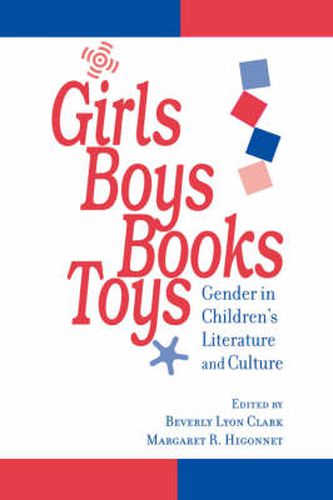Readings Newsletter
Become a Readings Member to make your shopping experience even easier.
Sign in or sign up for free!
You’re not far away from qualifying for FREE standard shipping within Australia
You’ve qualified for FREE standard shipping within Australia
The cart is loading…






Beverly Lyon Clark and Margaret R. Higonnet bring together twenty-two scholars to look closely at the complexities of children’s culture. Girls, Boys, Books, Toys asks questions about how the gender symbolism of children’s culture is constructed and resisted. What happens when women rewrite (or illustrate) nursery rhymes, adventure stories, and fairy tales told by men? How do the socially scripted plots for boys and girls change through time and across cultures? Have critics been blind to what women write about masculine topics? Can animal tales or doll stories displace tired commonplaces about gender, race, and class? Can different critical approaches-new historicism, narratology, or postcolonialism-enable us to gain leverage on the different implications of gender, age, race, and class in our readings of children’s books and children’s culture?
$9.00 standard shipping within Australia
FREE standard shipping within Australia for orders over $100.00
Express & International shipping calculated at checkout
Beverly Lyon Clark and Margaret R. Higonnet bring together twenty-two scholars to look closely at the complexities of children’s culture. Girls, Boys, Books, Toys asks questions about how the gender symbolism of children’s culture is constructed and resisted. What happens when women rewrite (or illustrate) nursery rhymes, adventure stories, and fairy tales told by men? How do the socially scripted plots for boys and girls change through time and across cultures? Have critics been blind to what women write about masculine topics? Can animal tales or doll stories displace tired commonplaces about gender, race, and class? Can different critical approaches-new historicism, narratology, or postcolonialism-enable us to gain leverage on the different implications of gender, age, race, and class in our readings of children’s books and children’s culture?